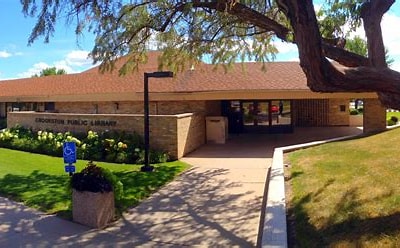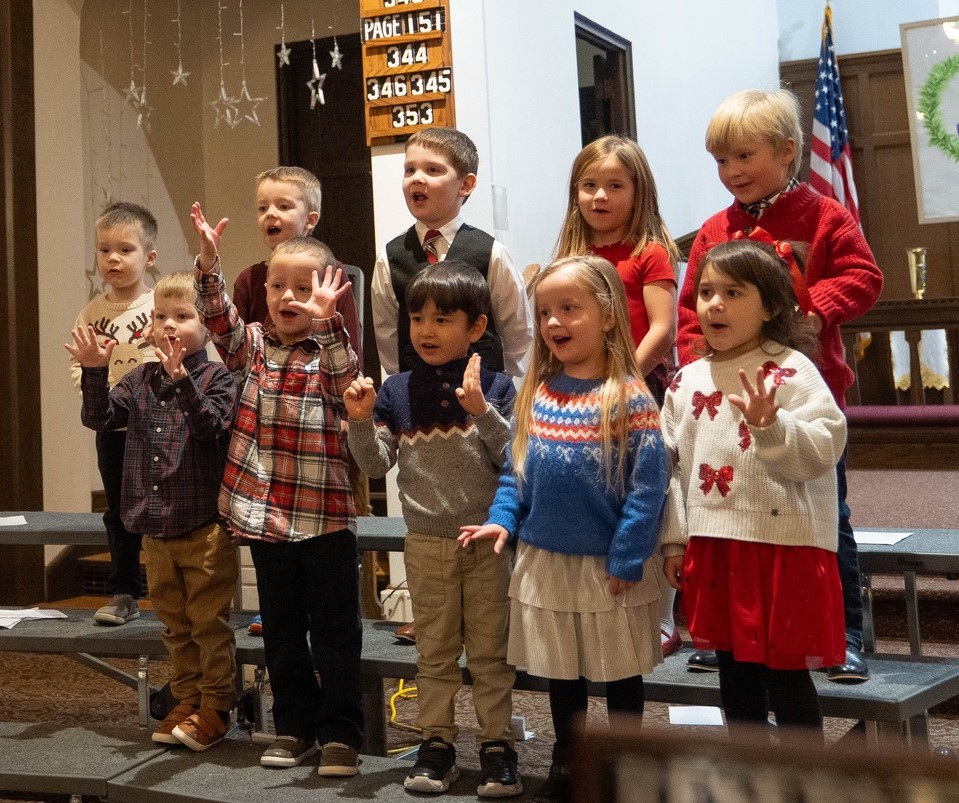With a large snowstorm on the horizon, the National Weather Service in Grand Forks released more information about the first Winter Storm Warning of the season coming into the city on Wednesday night and lasting through Friday, November 11.
The storm comes with all of the components of a significant snowstorm that will make it feel like winter is here. “We’re going to have temperatures above freezing, so as the cold air filters down during the day on Wednesday, we’ll see that changeover. Where we could have mixed precipitation with freezing rain or sleet ahead of when we see the snow come into the region,” National Weather Service Lead Meteorologist Jim Kaiser explained. “When we have the snow, we’re going to see the winds also, so it’s a system that’s going to have everything in it as we see every once in a while.”
Total possible snow totals are still hard to calculate as it depends on the mixed amount of rain, ice, and sleet, with total snowfall anywhere from seven inches to over a foot of snow. “If you get that freezing rain and sleet, that’ll cut into your snow totals. Right now, that freezing rain/sleet corridor looks to be just south, more central, and the southern valley than in the northern Red River Valley area, but these systems are very dynamic,” Kaiser explained. “This one’s going to spin up and wrap itself tightly, and it won’t take much for that corridor of freezing rain/drizzle to either shift south or north.”
Wherever freezing rain falls, it could bring over a foot of snow in those areas on Thursday morning. However, Kaiser noted that the most intense snowfall would be Thursday afternoon into Thursday night. On Friday, the winds will begin to die, and the snow band will start pulling away.
The locations that get heavier snow will likely see blizzard conditions. Kaiser explained that with these conditions, road travel will be impacted and may even be impossible on Thursday. With the first winter warning, Kaiser reminds everyone that it is time to stock or get their winter survival kits. “If you’re traveling, but then you slide off the road, and it’s hard for rescuers to get to you, you should have blankets, batteries, maybe a snack, and some water that you travel with,” Jim Kaiser explains. “These events occur here, and it’s not always easy for the rescuers to get to everybody, especially during the most difficult travel times.”
If you have to travel during the heavy snow, you should check the Minnesota 511 app or the Minnesota Department of Transportation’s website to check the current road conditions to see when it is the safest to travel or what roads may be the safest. If you’re planning to stay home during the storm, you should bring anything in your yard or lawn indoors to prevent it from being buried in the snow and freezing rain, as it could be covered in a foot of snow that may not go away for several months.
Kaiser said this storm would be the primary storm system we will see for the next one to two weeks, and we will not draw up any more moisture from the south. More storm systems will come in from the north and northwest but won’t have as much moisture.
[embeddoc url=”https://kroxam.com/wp-content/uploads/2022/11/20221108_9AM_FGF-IDSS-Builder-v2.0.pdf”]
Tags:



